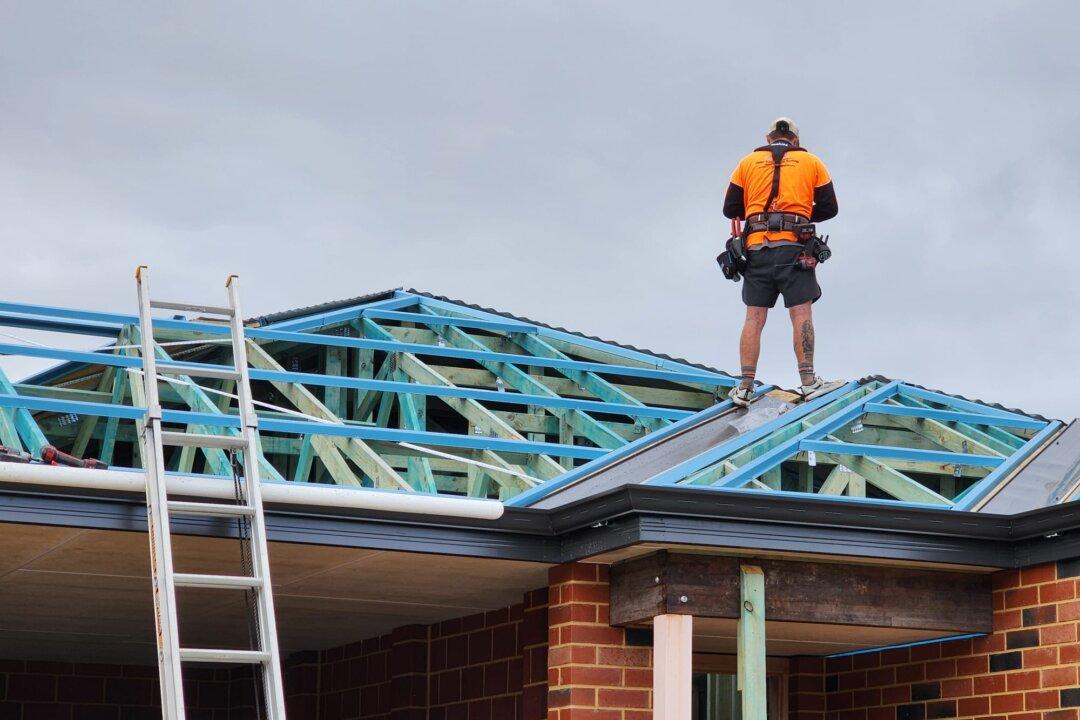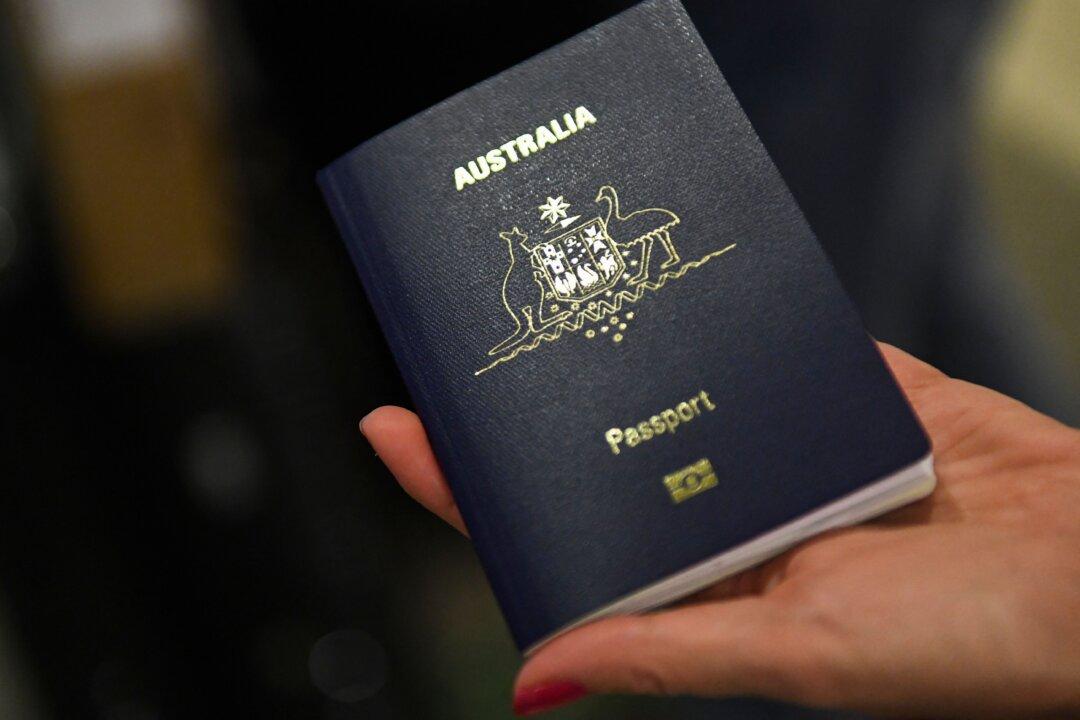Data released by Master Builders Australia on Sept. 9 revealed that the federal government is expected to miss the National Housing Accord target of building 1.2 million new homes by July 2029.
The report indicates that, at the current rate, only 1.03 million homes will be built within that timeframe, resulting in a shortfall of 166,000 homes.





